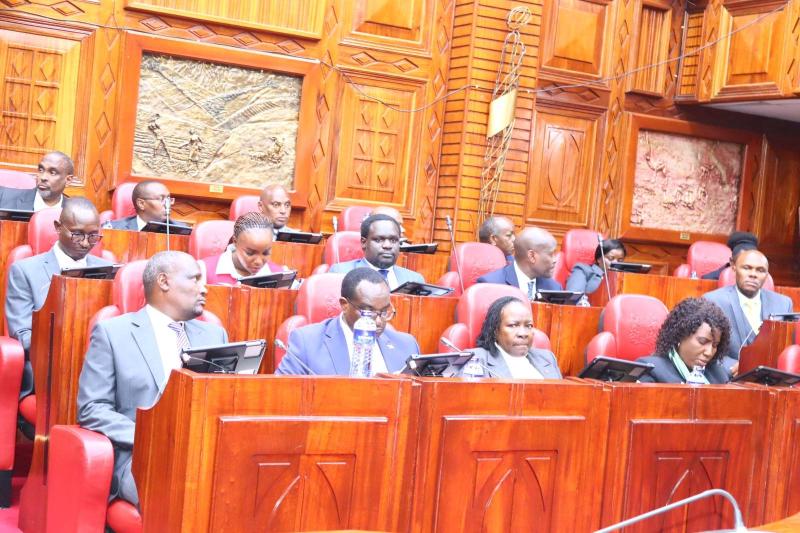Schools face crisis after capitation slashed by Sh5,344

Treasury Cabinet Secretary John Mbadi confirmed that only Sh16,900 is being released annually per student, far below the Sh22,244 figure that school heads had been told to expect.
Public schools across the country are facing a fresh crisis after the government admitted it has been disbursing less money per learner than earlier promised, leaving institutions struggling to meet operational needs and lawmakers demanding accountability.
Appearing before the National Assembly’s Education Committee on Thursday, Treasury Cabinet Secretary John Mbadi confirmed that only Sh16,900 is being released annually per student, far below the Sh22,244 figure that school heads had been told to expect.
He blamed the shortfall on limited funds and rising student enrolment, saying the budget cannot sustain the higher capitation.
“Let us not lie to ourselves. The budget cannot support the Sh22,000 capitation. We don’t have the capacity to offer free primary and secondary schools,” Mbadi said during the session.
The disclosure triggered a strong response from MPs, who accused the government of misleading the public and creating a funding crisis in schools.
Many institutions had planned their yearly budgets based on the Sh22,244 figure announced by the Ministry of Education, and the reduction has pushed some to send students home, cut key programmes or resort to fundraising.
“Why are we passing a higher figure of Sh22,000 and only Sh16,000 is disbursed to the schools?” asked Narok Woman Representative Rebecca Tonkei.
Emuhaya MP Omboko Milemba questioned why the Ministry of Education continued to communicate the higher capitation figure when it was fully aware that only Sh16,900 was available.
“Did we approve Sh22,244 or Sh16,900 being disbursed?” Omboko posed, warning that many schools may be forced to halt operations unless urgent steps are taken to bridge the gap.
Other lawmakers, including Kibra MP Peter Orero and Igembe North MP Julius Taitum, said it was no longer practical to stop school heads from charging parents extra fees, given the financial stress they were facing.
“Why then can’t you allow the schools to charge parents to bridge the gap?” Orero asked.
Mbadi admitted the total budgeted amount had already been released, but said the growing number of students in public schools was the reason for the reduced capitation per learner.
He proposed that Parliament consider redirecting 40 percent of the NG-CDF towards supporting school capitation, a suggestion that was immediately rejected by MPs.
“The entire budget has been disbursed but the number of students is higher,” he said, urging lawmakers and the government to agree on a sustainable plan to fund free education.
However, MPs warned that such a move would open the funds to abuse and corruption, especially within the Education ministry, and refused to support the idea.
At the same session, Education Cabinet Secretary Julius Ogamba told the committee that his ministry had reached a deal with the Kenya Revenue Authority (KRA) to suspend old debts owed by public universities up to August 2023.
This is aimed at easing financial pressure on the institutions, some of which are struggling to pay staff and run essential services.
“We have negotiated with KRA a debt waiver to alleviate the burden. KRA has agreed to suspend historical debts up to August 2023,” Ogamba said.
Mbadi said public universities must now undergo serious restructuring to stay afloat, including downsizing of staff, outsourcing non-core services, shutting down satellite campuses and selling assets to settle pending bills.
The proposals are part of wider cost-cutting measures aimed at keeping education institutions operational, even as concerns grow over the government's ability to fulfil its promise of free basic education in the face of limited resources and expanding enrolment.
